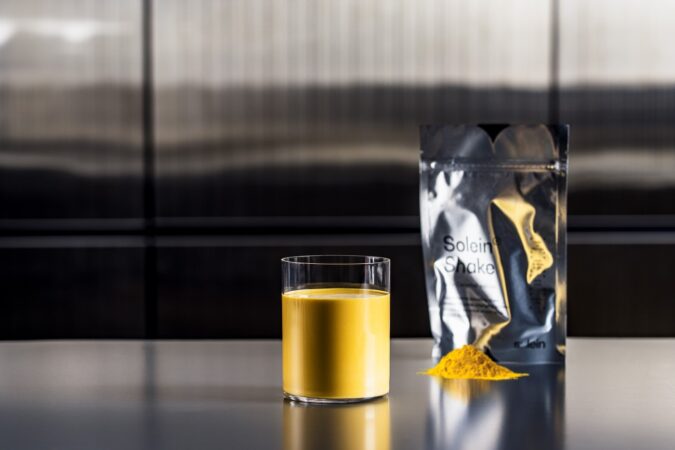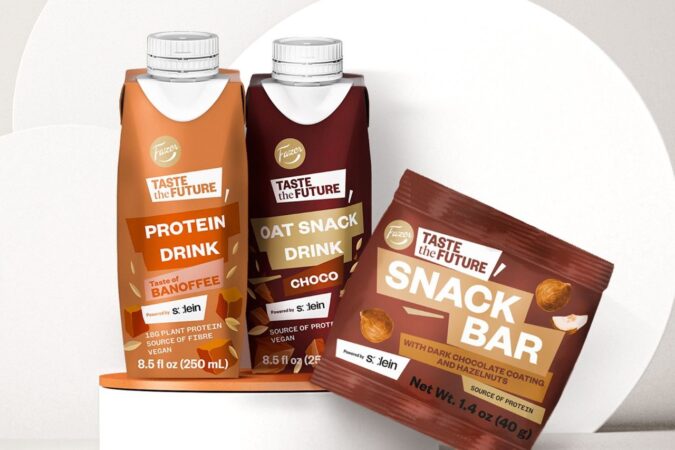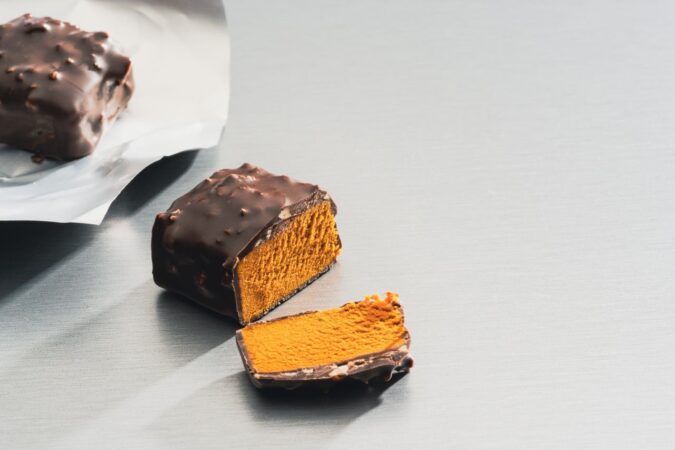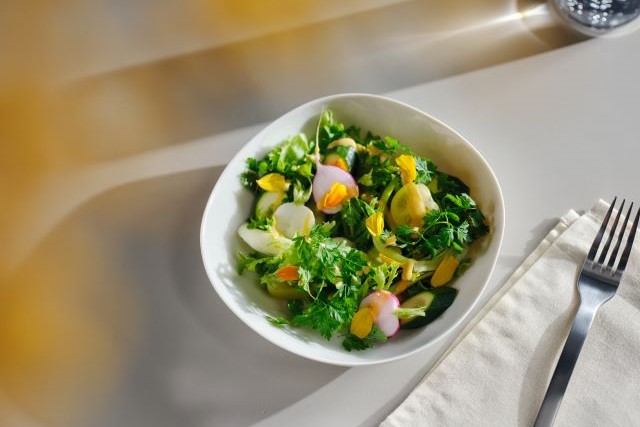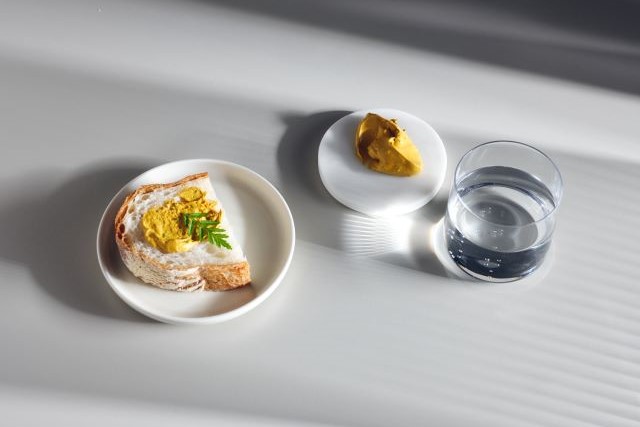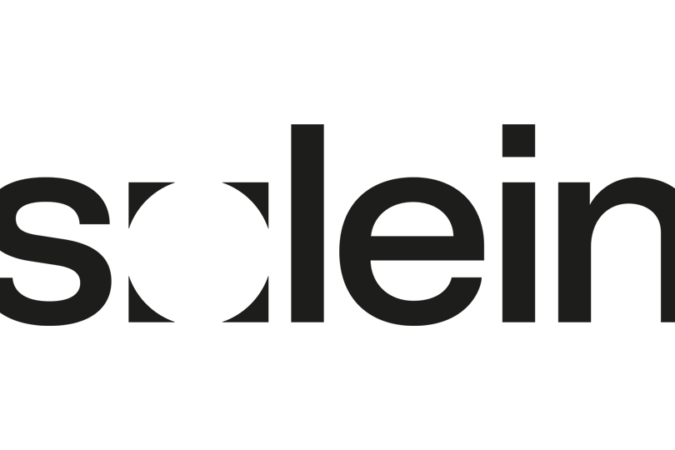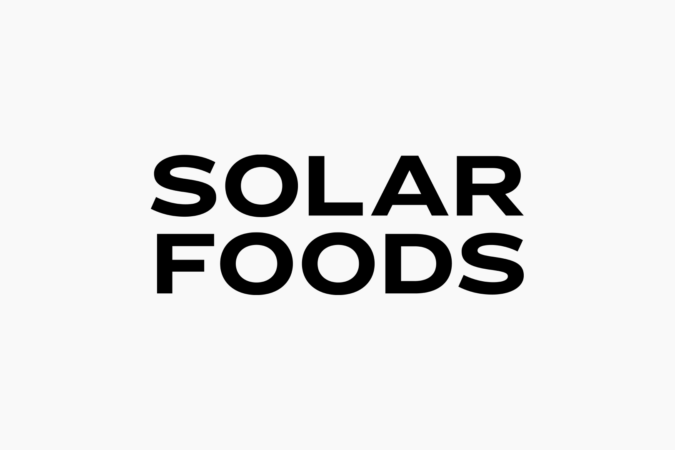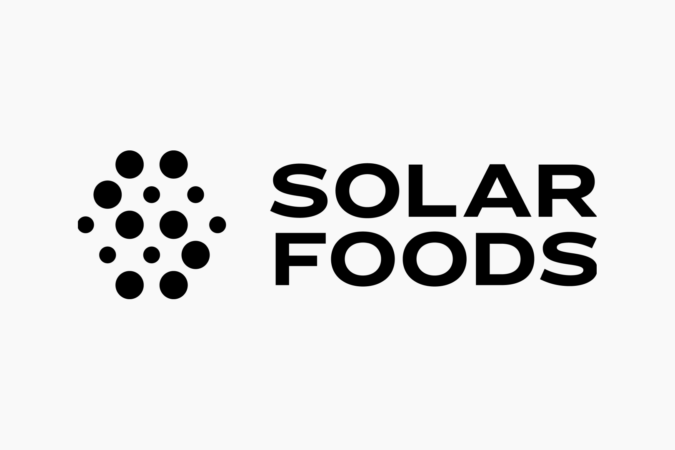Media
Please find media materials and press contact information for additional inquiries and requests below.
Press contact
Maria Rämö
- All Images (70) Videos (47) Logos (4) Press releases (39) Corporate releases Q&A
By Content :
Images
Show More Images
Videos
Show More Videos
Press releases
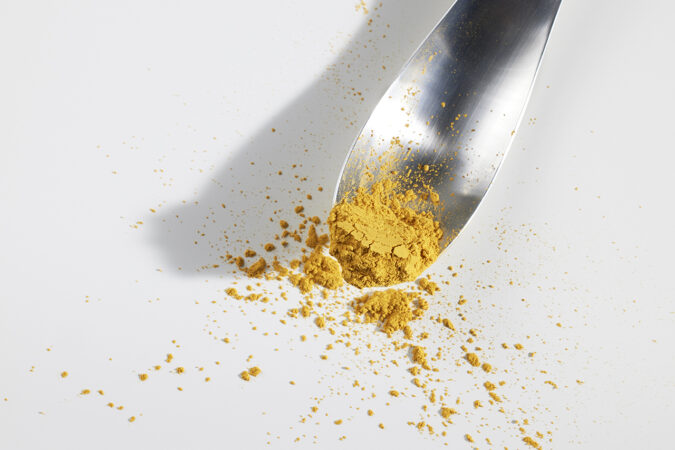
Pothos introduces Solein®-powered protein products to consumers in the United States

Fermenta will introduce Solein®-powered protein bars in the United States

Press release: Solar Foods to develop Solein® production technology for testing onboard the International Space Station

Press release: The Japanese food giant Ajinomoto launches Coffee drink made with Solein®

Press release: Solar Foods has developed Solein®-powered mayonnaise with unmatched value for the food industry

Press release: Solar Foods joins forces with European universities in a European Innovation Council Sunlight-to-Food project

Press release: Solar Foods has submitted a GRAS notification on Solein® in the United States to obtain a no questions letter from the FDA

Press release: The Japanese food company Ajinomoto’s Solein® -powered Ice Cream boosts the World Aquatics Championships – Singapore 2025

Press release: Solar Foods has signed a Letter of Intent regarding commercialisation of 500–1,650 tonnes of Solein® per year
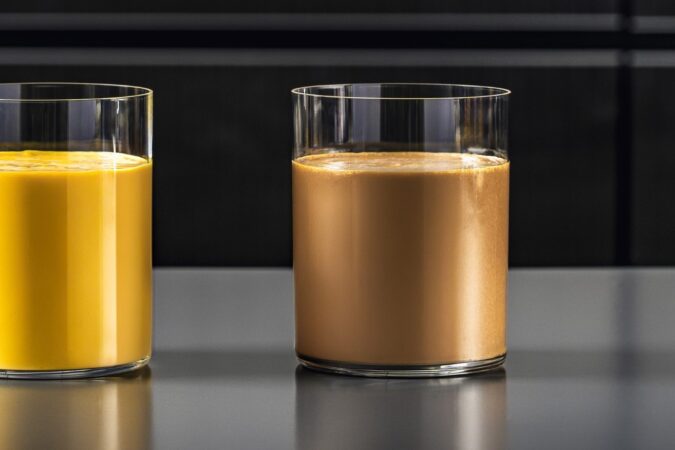
Press release: Solar Foods partners with Sensapure Flavors to showcase Solein’s suitability for endless flavour combinations

Press release: Solar Foods confirms successful 100-fold industrial scaling of Solein’s production technology
Show More Press releases
Logos
Q&A
Company
Impact
Process and production
Science
Solein





